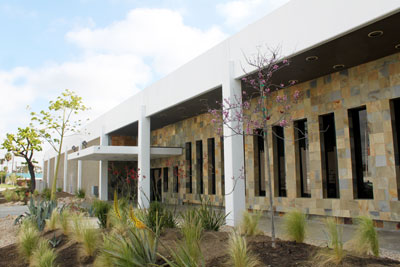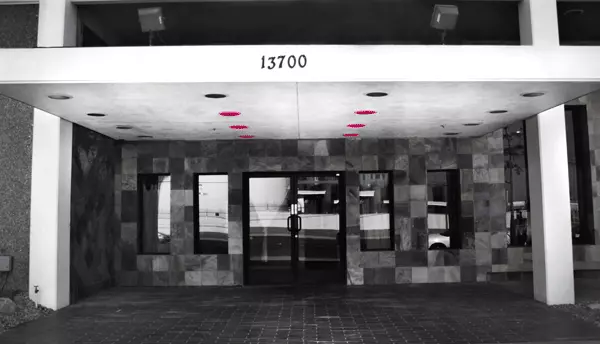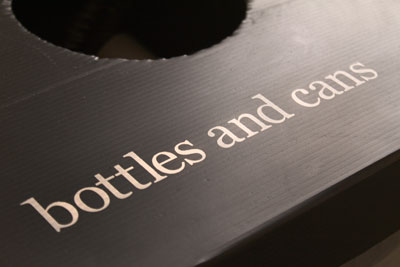For some time now, the flexible packaging industry has been prioritizing environmental concerns. A prominently touted advantage is its eco-friendliness when compared to metal cans and glass containers across various applications. Opting for flexible packaging over rigid containers presents a compelling case for environmental sustainability. Typically made from lightweight materials like plastic or foil, flexible packaging requires less energy for both production and transportation compared to glass. This reduced weight leads to decreased carbon emissions during transit, thereby fostering a more environmentally friendly supply chain. Furthermore, flexible packaging generally takes up less space than rigid containers, improving shipping efficiency and further reducing environmental impact. In summary, flexible packaging offers significant environmental benefits over rigid containers, including reduced energy consumption, lower carbon emissions, and enhanced shipping efficiency.

Understanding its responsibility to the environment, IMPAK Corporation recently completed a large solar panel project to generate clean, sustainable energy at their Los Angeles facility at 13700 S. Broadway. In a board meeting last year, IMPAK renewed its commitment to the environment by launching a 228 panel, 51.3kw solar project. When asked about the motivation behind the project the General Manager of IMPAK Corporation stated, "A business our size has an indelible responsibility to the community it resides in and the environment. Going solar not only reduces our dependency on carbon fuels, but also offsets much of our overhead and enables us to offer our products at more competitive rates."

In March 2014 we redesigned our building's landscaping. Weeds were removed by hand to avoid using harmful chemicals. The plants in the new garden were carefully selected to be drought-tolerant, requiring minimal water. Since about 50% of water for irrigation is wasted due to evaporation, wind, or run-off, we installed an efficient drip irrigation system. Our garden also features two artificial dry river beds which not only collect water when it rains but also help prevent water run-off to the street. As part of the new landscaping project, we installed a bicycle rack. The U.S. Energy Information Administration reports that an average car emits 20lbs of CO2 per gallon of gas used. Since we installed this new bike rack, two of our employees who both live more than 20 miles away from our office started riding bicycles on a regular basis. This helps reduce CO2 emissions by almost 50lbs per day.

There are 16 light fixtures at the entrance of our building. When we first moved in a few years ago, these light bulbs stayed on all night on a timer which the previous owner had set. We immediately noticed how wasteful this light energy consumption was. The first step we took was to replace the light bulbs with CFL's, then we reduced the number of lights from 16 to 6 while maintaining the aesthetics and safety of the area by carefully selecting the placement of those lights.

We encourage all of our employees to reduce waste and recycle. Currently we have 4 recycling bins located throughout our building. Each of these recycling bins is emptied on a regular basis by being taken to a local recycling facility, thereby reducing the volume of solid waste that ends up in a landfill.